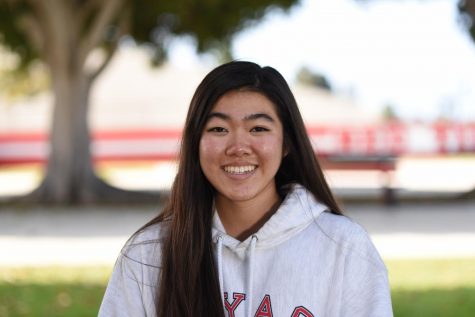Social Media for Social Justice
Following the deaths of Ahmaud Arbery, George Floyd and Breonna Taylor, a nationwide reckoning on race in American communities was impossible to ignore. Protestors took to the streets, but another group of activists was mobilizing behind the screens. For students at PVHS in particular, Instagram stories became the frontlines of the internet.
Political and social justice oriented Instagram accounts became a niche community on the platform following the 2016 General Election. Users from both the right and left used Instagram as a platform to repost viral Tweets. But, liberal-leaning accounts became reliable sources when it came to shareable content, specifically visual aesthetic-heavy posts.
After the death of Ahmaud Arbery and Breonna Taylor, artwork by user Shirien Darma was widely circulated, as were posts of artwork depicting George Floyd by Nikkolas Smith. However, after George Floyd was murdered on May 25, 2020,the rate at which users- brands, politicians, and the average Instagram user- were posting about the Black Lives Matter movement increased drastically.
Videos of protests and riots could be easily found on Instagram and were reshared thousands of times. Speeches given by organizers were accessible to those unable to attend, and Instagram stories became a convenient and effective way to disseminate information and publicize protests and direct action events.
The phenomenon of online activism, or “slacktivism,” has been examined.
In a paper from the University of Michigan, slacktivism is defined as “low-risk, low-cost activity via social media whose purpose is to raise awareness, produce change, or grant satisfaction to the person engaged in the activity,” and reposting on Instagram stories fits the bill.
Reposting work that is not your own takes some of the potential burdens of defense off of the reposter, as it directs those who wish to see the original post to the original poster’s page. Posts from popular accounts such as @soyouwanttotalkabout and @impact that were shared frequently on Instagram stories were able to build a reputation of being trustworthy sources of information, mitigating the risk of accidentally sharing misinformation on users’ own accord. And, resharing posts on Instagram has always been a zero-cost activity. With the COVID-19 pandemic still happening, social media slacktivism was a safe way to amplify information and new voices.
It would be remiss to ignore the fact that aesthetics played a role in what got reposted or not. Widely shared posts were usually typographic and shared facts in a clean way with eye-catching colors, photos, clip-art and the like.
However, well-intentioned posts became a topic of contention for activists. Among the most notable is the infamous “Hello Kitty Says ACAB” visual, in which the popular Sanrio character, adorned with glitter and occasionally other iconic cartoons from the franchise, has the phrase “ACAB” or “All Cops are Bastards” over her head.
Similar to Sanrio ACAB posts is the meme “The Manny Will Not Be Televised,” where social media users took the Diary of a Wimpy Kid character, Manny Heffley, and made him into a symbol for the current civil rights movement as a spin on “The Revolution Will Not Be Televised.”
Both memes have been widely criticized as trivializations of the Black Lives Matter and police abolition movements.
Jeff Kinney, author of the Wimpy Kid series, publicly expressed his discomfort with his character being complemented with phrases such as “ACAB,” tweeting “Lots of people are asking me right now how I feel about my character being used as an anti-police symbol. Honestly, I don’t like it. The Black Lives Matter movement needs to be taken seriously. This isn’t helping.”
The debate around posts like this center around a much broader question: how much heavy-lifting are you doing by posting a picture, much less one of a cartoon character? And is Hello Kitty calling for the abolition of the police purely for decoration or the dissemination of information?
All of this leads to the greatest question of all- is this “slacktivism” made popular over the summer sustainable at all, or is this one great performance?
Students were publicly telling people to not slow down, posts were made warning others of “activism fatigue,” while others were explicitly saying “If your feed has gone back to normal, you’re following the wrong people.”
“When [the Black Lives Matter Protests] were happening I was feeling so anxious, I kind of dipped out on [Instagram] after a little,” junior Liana Truong said. “I could not sleep. I posted for a while but I couldn’t after a week.”
Ultimately, there exists no way to objectively measure if activism posting is effective or not, and that in and of itself may motivate users to either sit out from the social media front or be more active, because, simply put, it doesn’t hurt.

Sarah Liu, the Editor-in-Chief of The Point, began journalism when she was in 7th grade, starting as a Kid Reporter for Sports Illustrated Kids, profiling...